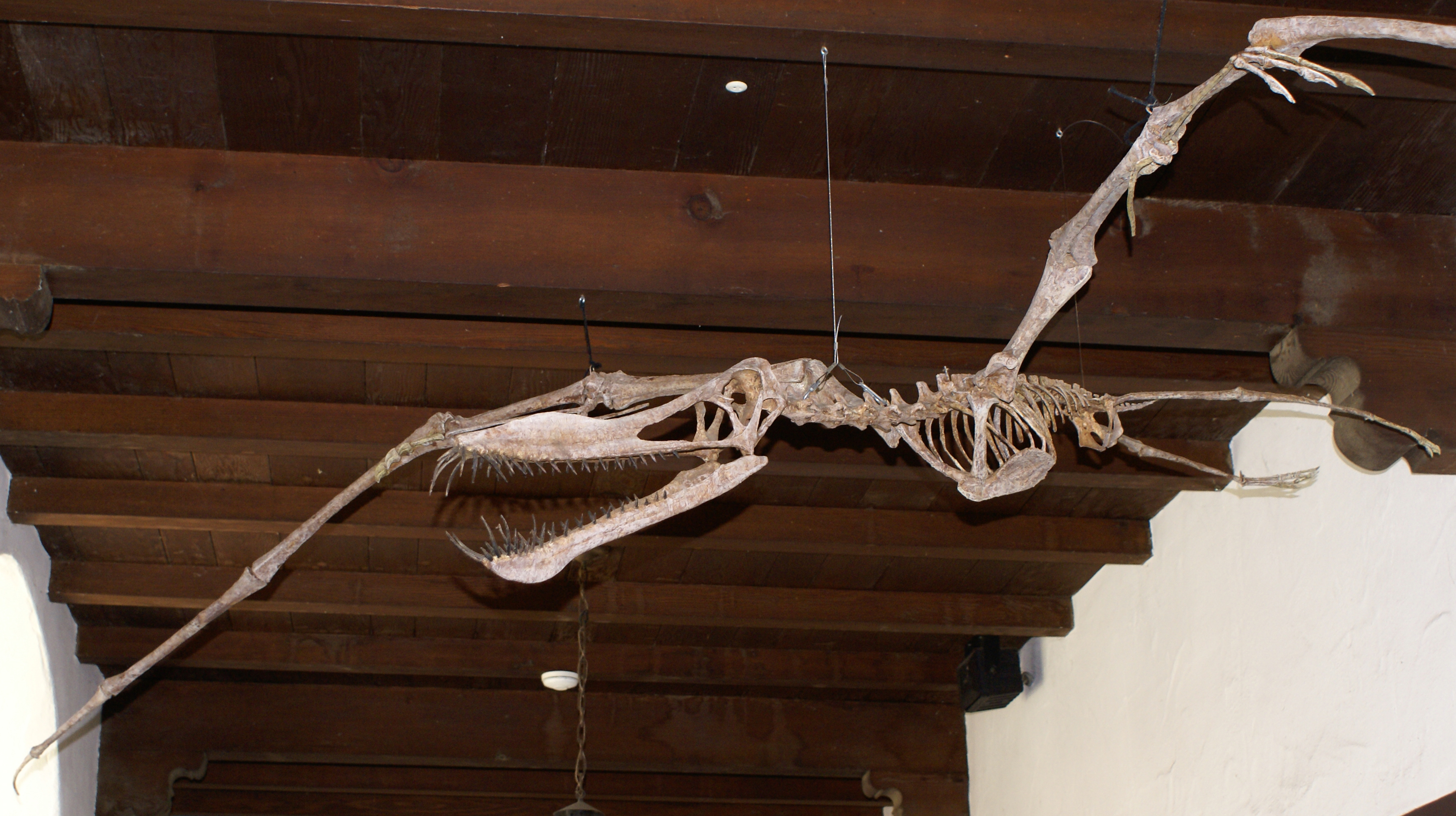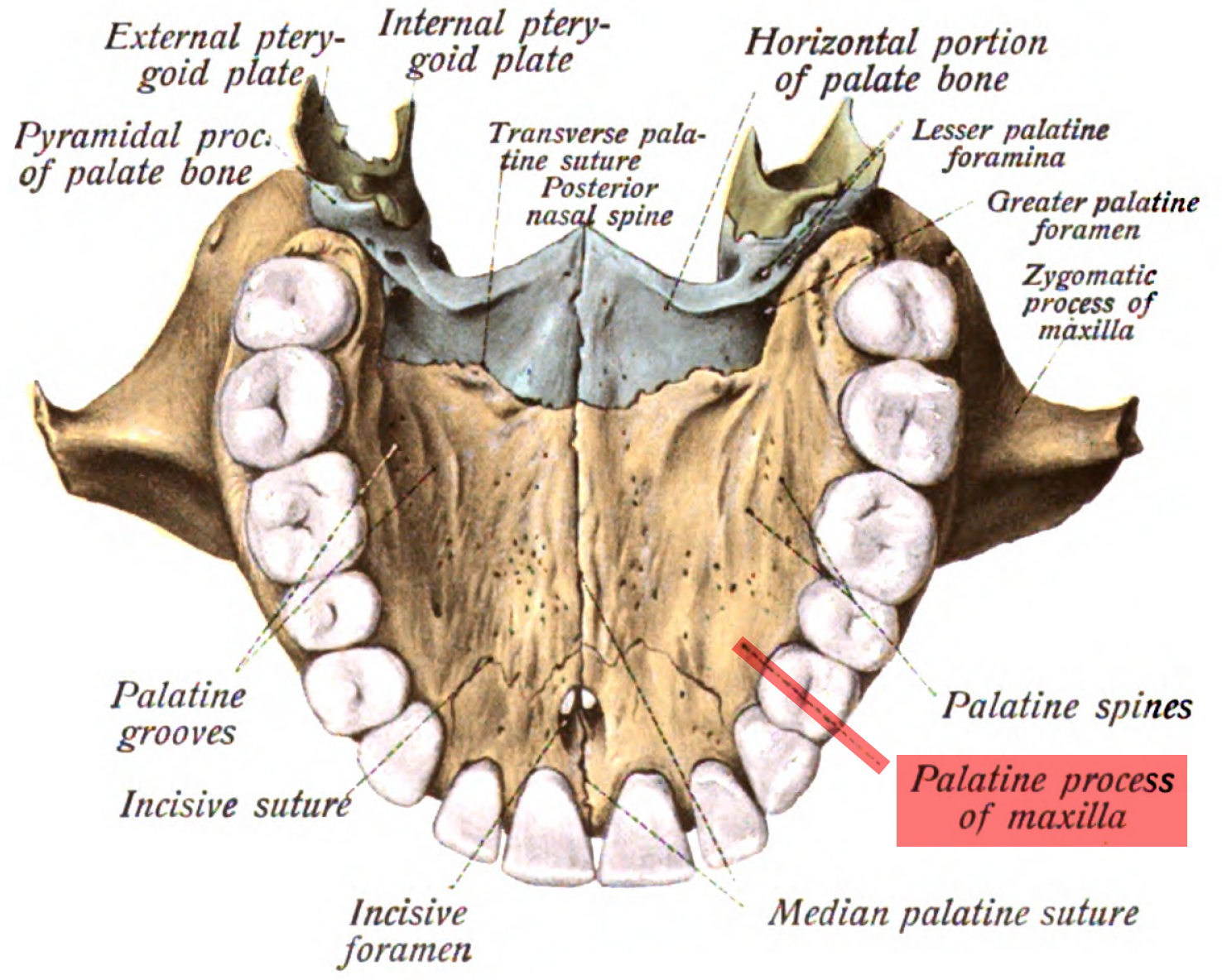|
Kryptops
''Kryptops'' is a genus of abelisaurid theropod dinosaur from the Early Cretaceous of Niger. It is known from a partial skeleton found at the Gadoufaoua locality in the western Ténéré Desert, in rocks of the Aptian-Albian age Elrhaz Formation. This dinosaur was described by paleontologists Paul Sereno and Stephen Brusatte in 2008. The genus name means "covered face", in reference to evidence that the face bore a tightly adhering covering. The type species is ''K. palaios,'' which means "old". Discovery The holotype skeleton, MNN GAD1, includes a maxilla (main tooth-bearing bone of the upper jaw), vertebrae, ribs, and articulated pelvic girdle and sacrum, belonging to an adult about . According to the describers, this specimen represents one of the earliest known abelisaurids, and is notable for the heavily textured surface of the maxilla; the presence of pits and impressions of blood vessels indicates that there was a covering firmly attached to the face, perhaps of ke ... [...More Info...] [...Related Items...] OR: [Wikipedia] [Google] [Baidu] |
Abelisaurids
Abelisauridae (meaning "Abel's lizards") is a family (or clade) of ceratosaurian theropod dinosaurs. Abelisaurids thrived during the Cretaceous period, on the ancient southern supercontinent of Gondwana, and today their fossil remains are found on the modern continents of Africa and South America, as well as on the Indian subcontinent and the island of Madagascar. Isolated teeth were found in the Late Jurassic of Portugal, and the Late Cretaceous genera ''Tarascosaurus'' and ''Arcovenator'' have been described in France. Abelisaurids first appear in the fossil record of the early middle Jurassic period, and at least two genera (the Moroccan '' Chenanisaurus'' and the Madagascan ''Majungasaurus'') survived until the end of the Mesozoic era 66 million years ago. Like most theropods, abelisaurids were carnivorous bipeds. They were characterized by stocky hind limbs and extensive ornamentation of the skull bones, with grooves and pits. In many abelisaurids, such as ''Carnotaurus'' ... [...More Info...] [...Related Items...] OR: [Wikipedia] [Google] [Baidu] |
Eocarcharia
''Eocarcharia'' (meaning "dawn shark") is a genus of carcharodontosaurid theropod dinosaur from the Early Cretaceous Elrhaz Formation that lived in the Sahara 112 million years ago, in what today is the country of Niger. It was discovered in 2000 on an expedition led by University of Chicago paleontologist Paul Sereno. The type and only species is ''Eocarcharia dinops''. Its teeth were shaped like blades and were used for disabling live prey and ripping apart body parts. ''Eocarcharia''’s brow is swollen into a massive band of bone, giving it a menacing glare Newswise, Retrieved on September 21, 2008. (leading to the specific name ''dinops'' or "fierce-eyed"). It may have reached lengths of . Paleoecology In the Elrhaz Formation, ...[...More Info...] [...Related Items...] OR: [Wikipedia] [Google] [Baidu] |
Elrhaz Formation
The Elrhaz Formation is a geological Formation (geology), formation in Niger, central Africa. Its strata date back to the Early Cretaceous, about 125 to 112 million years ago. Dinosaur remains are among the fossils that have been recovered from the formation, alongside those of multiple species of crocodyliformes. Gadoufaoua Gadoufaoua (Tuareg language, Tuareg for "the place where camels fear to go") is a site within the Elrhaz Formation (located at ) in the Tenere desert of Niger known for its extensive fossil graveyard. It is where remains of ''Sarcosuchus imperator'', popularly known as SuperCroc, were found (by Paul Sereno in 1997, for example), including vertebrae, limb bones, armor plates, jaws, and a nearly complete skull. Gadoufaoua is very hot and dry. However, it is supposed that millions of years ago, Gadoufaoua had trees, plants and wide rivers. The river covered the remains of dead animals, the fossilized remains of which were protected by the drying rivers ov ... [...More Info...] [...Related Items...] OR: [Wikipedia] [Google] [Baidu] |
Paul Sereno
Paul Callistus Sereno (born October 11, 1957) is a professor of paleontology at the University of Chicago and a National Geographic "explorer-in-residence" who has discovered several new dinosaur species on several continents, including at sites in Inner Mongolia, Argentina, Morocco and Niger. One of his most widely publicized discoveries is that of a nearly complete specimen of '' Sarcosuchus imperator'' — popularly known as SuperCroc — at Gadoufaoua in the Tenere desert of Niger. Biography Youth and education The son of a mail carrier and an art teacher at Prairie Elementary, Sereno grew up in Naperville, Illinois and graduated from Naperville Central High School. He was then educated at Northern Illinois University ( B.S., Biological Sciences, 1979) and Columbia University ( M.A., Vertebrate Paleontology, 1981; M. Phil., Geological Sciences, 1981; Ph.D., Geological Sciences, 1987). Career Sereno was named one of ''People'' magazine's 50 Most Beautiful People (1997 ... [...More Info...] [...Related Items...] OR: [Wikipedia] [Google] [Baidu] |
Timeline Of Ceratosaur Research
This timeline of ceratosaur research is a chronological listing of events in the history of paleontology focused on the ceratosaurs, a group of relatively primitive, often horned, predatory theropod dinosaurs that became the apex predators of the southern hemisphere during the Late Cretaceous. The nature and taxonomic composition of the Ceratosauria has been controversial since the group was first distinguished in the late 19th century. In 1884 Othniel Charles Marsh described the new genus and species ''Ceratosaurus nasicornis'' from the Late Jurassic Morrison Formation of the western United States. He felt that it belonged in a new family that he called the Ceratosauridae. He created the new taxon Ceratosauria to include both the Ceratosauridae and the ostrich-like ornithomimids. The idea of the Ceratosauria was soon contested, however. Later that same decade both Lydekker and Marsh's hated rival Edward Drinker Cope argued that the taxon was invalid. The idea of the Ceratos ... [...More Info...] [...Related Items...] OR: [Wikipedia] [Google] [Baidu] |
Carcharodontosauridae
Carcharodontosauridae (carcharodontosaurids; from the Greek καρχαροδοντόσαυρος, ''carcharodontósauros'': "shark-toothed lizards") is a group of carnivorous theropod dinosaurs. In 1931, Ernst Stromer named Carcharodontosauridae as a family, which, in modern paleontology, indicates a clade within Carnosauria. Carcharodontosaurids include some of the largest land predators ever known: '' Giganotosaurus'', '' Mapusaurus'', '' Carcharodontosaurus'', and '' Tyrannotitan'' all rivaled or exceeded ''Tyrannosaurus'' in size. A 2015 paper by Christophe Hendrickx and colleagues gives a maximum length estimate of for the largest carcharodontosaurids, while the smallest carcharodontosaurids were estimated to have been at least long. Evolution Along with the spinosaurids, carcharodontosaurids were the largest predators in the early and middle Cretaceous throughout Gondwana, with species also present in North America (''Acrocanthosaurus''), Europe ('' Concavenator'') ... [...More Info...] [...Related Items...] OR: [Wikipedia] [Google] [Baidu] |
Chimera (paleontology)
In paleontology, a chimera is a fossil that was reconstructed with elements coming from more than a single species or genus of animal. In other words they are mistakes or sometimes hoaxes made by paleontologists, putting together parts that do not come from the same organism. A now classic example of chimera is ''Protoavis''. List of paleontological chimeras * Archaeoraptor * ''Dalianraptor''? * ''Lametasaurus''? * ''Protoavis'' * Piltdown Man * ''Ultrasauros'' * ''Ornithopsis hulkei'' * Teihivenator * ''Dakotaraptor''? * ''Avalonianus'' * ''Kootenichela''? * ''Polacanthoides ''Polacanthoides'' (meaning ''Polacanthus like'') is an extinct genus of nodosauridae, nodosaurid dinosaur from Europe. It lived about 140 to 135 million years ago in what is now England. It was named by Nopsca in 1928. The type specimen is BMNH ...''?Nopcsa, F. (1928), "Palaeontological notes on reptiles." Geologica Hungarica, Series Palaeontologica, tomus, 1, -Pasc. 1, p. 1-84 References {{pa ... [...More Info...] [...Related Items...] OR: [Wikipedia] [Google] [Baidu] |
Maxilla
The maxilla (plural: ''maxillae'' ) in vertebrates is the upper fixed (not fixed in Neopterygii) bone of the jaw formed from the fusion of two maxillary bones. In humans, the upper jaw includes the hard palate in the front of the mouth. The two maxillary bones are fused at the intermaxillary suture, forming the anterior nasal spine. This is similar to the mandible (lower jaw), which is also a fusion of two mandibular bones at the mandibular symphysis. The mandible is the movable part of the jaw. Structure In humans, the maxilla consists of: * The body of the maxilla * Four processes ** the zygomatic process ** the frontal process of maxilla ** the alveolar process ** the palatine process * three surfaces – anterior, posterior, medial * the Infraorbital foramen * the maxillary sinus * the incisive foramen Articulations Each maxilla articulates with nine bones: * two of the cranium: the frontal and ethmoid * seven of the face: the nasal, zygomatic, lacrimal, ... [...More Info...] [...Related Items...] OR: [Wikipedia] [Google] [Baidu] |





